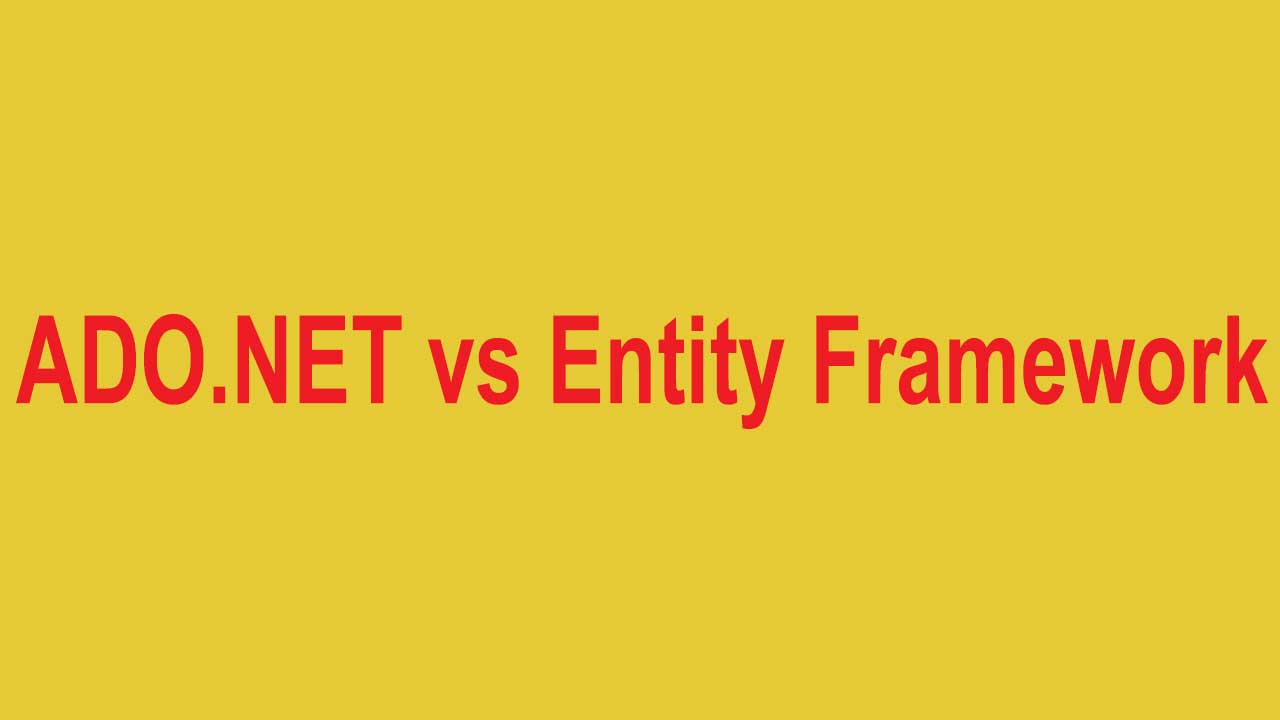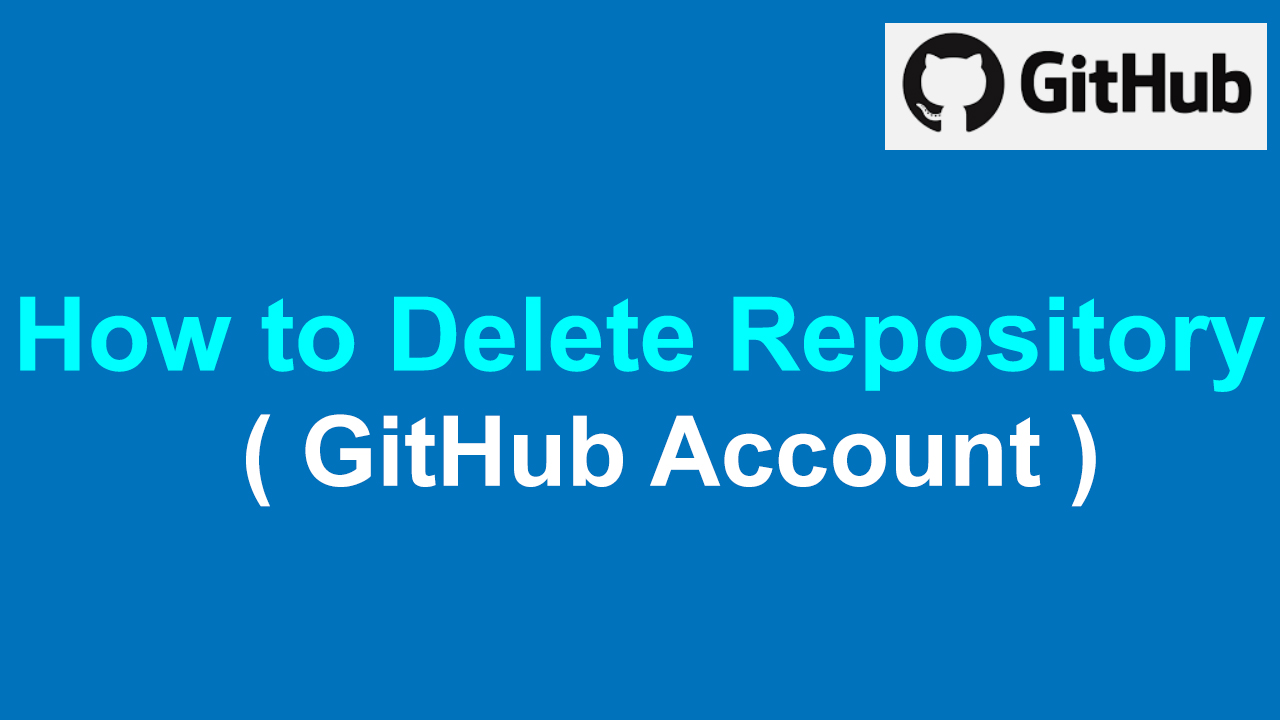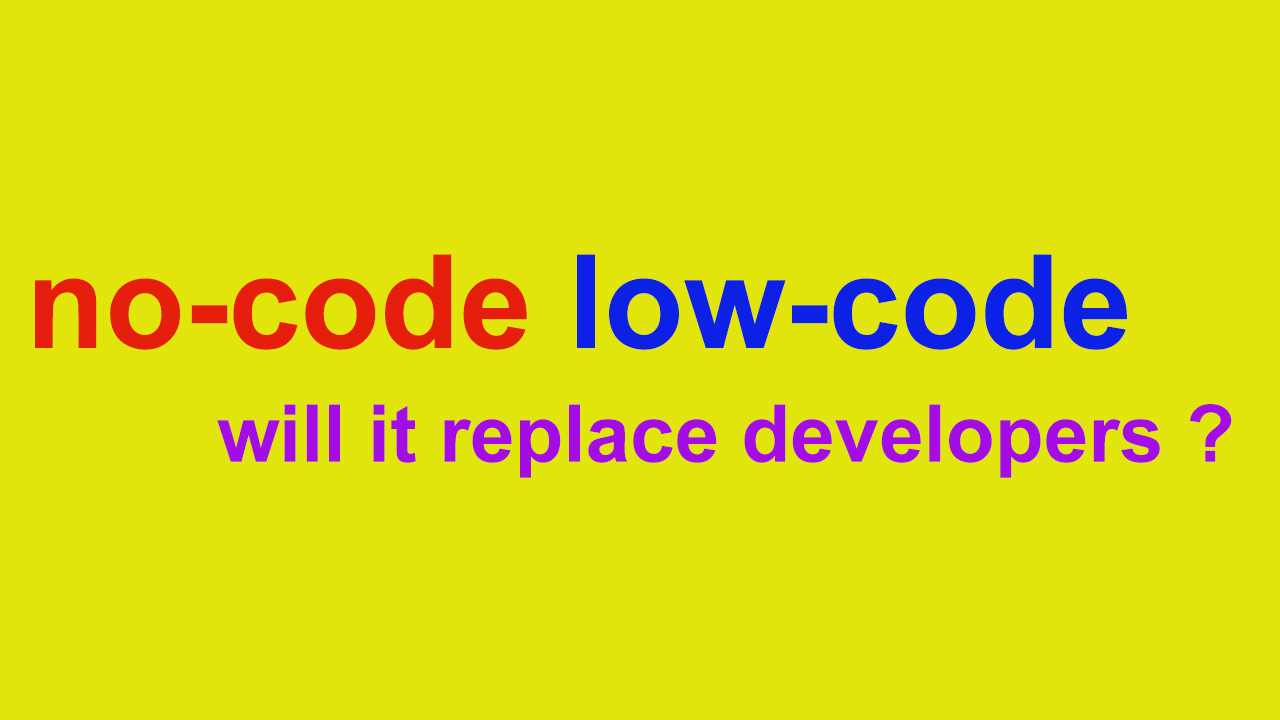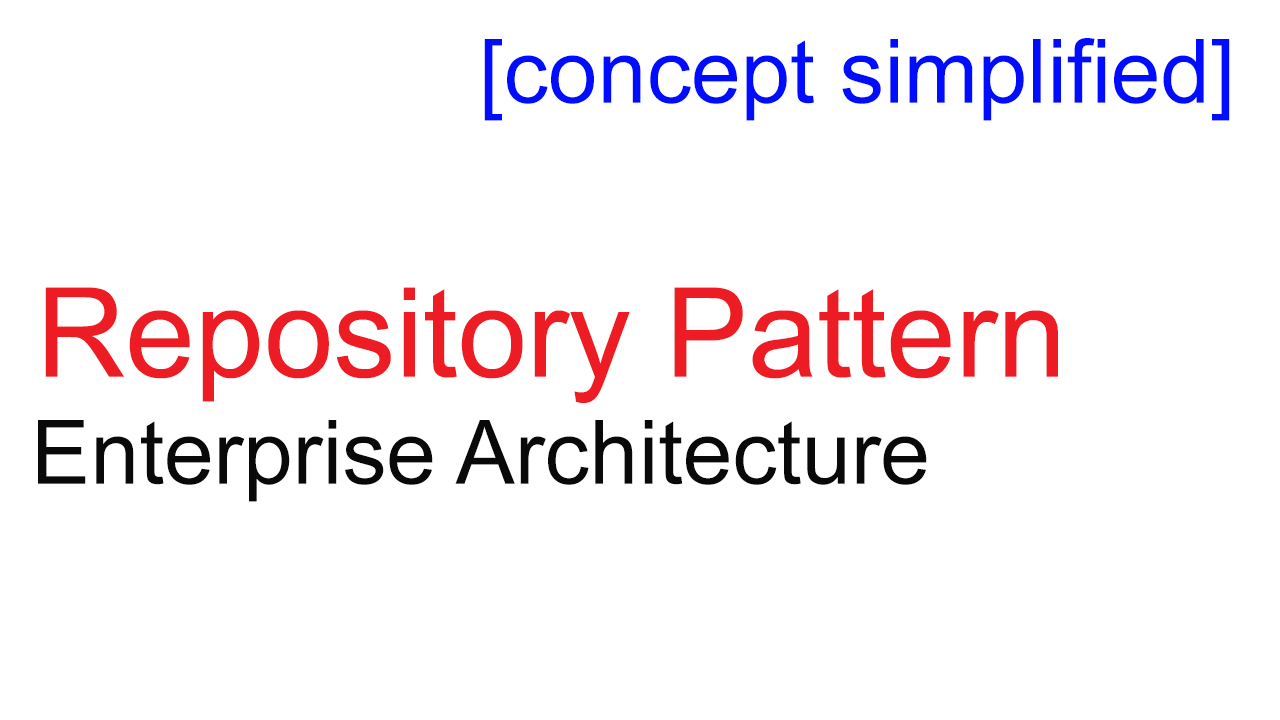Top Technology Trends
In this article, I will list down Top 10 technology trends available for us that is creating a shift from traditional approach for implementing solutions for the enterprise.
In today’s era, we see and read lots of latest and emerging technology trends that have really changed the perspective, of addressing enterprise issues and adopting the correct technical solutions.
Recently Gartner has released the “Hype Cycle” that shows us the technology /solution that is currently was the best unit in recent years and has now being isolate/obsolete. The time has come to embrace and implement a solution that we have never thought of or imagined too.
My attempt in this article will be to list those Top 10 technology trends and summarize the purpose of each and for each subject; I have tried my level best to include some use cases for better understandings. So let’s get started with exploring the top technology trends that are getting disruption in the technology industry
1. Internet Of Things ( IoT )
Internet Of Things (IoT) is inter-connectivity with various physical devices also known as “Connected Device” or “Smart Device” in other words it is an ecosystem of connected physical objects that are accessible through the internet. These physical devices like home appliances, cars, wearable devices, headphones are integrated with electronic devices, software, mobile apps & sensors which enable these objects to collect and exchange data.
So what do you think the IoT that was already known to all from a couple of years back has taken such prime importance and rapidly being adopted in upcoming products and enterprise solutions? Actually lots of existing and growing factors are in favor of IoT like more and more devices are having built-in Wifi capabilities, sensors built into them, technology cost is reasonably going down & finally, broadband internet becomes more widely available (with the coming of 5GB we will witness improved internet connectivity & speed)
Use Cases
- If your car know your schedule for today and plan your journey accordingly (that may also check the traffic and select the best route to reach on time)
- Your Refrigerator initiate transaction (online order) the moment the stock is below the expected quantity
- Your home appliance have connected sensors and it enables the switching of lights the moment you step into your house
- Your alarm device wakes you up at the set time and notifies the coffee maker devices to start brewing the coffee
- Wearable to track and record all your activities your number of steps, sleep hours etc
The rapid adoption of IoT has bought the huge opportunity of the skills set required to match the growing demands requirements to implement a solution for connected devices. By 2020, the installed base of IoT devices is forecast to grow to almost 31 billion worldwide and surely the IoT would bring about more opportunities for people, business and industries.
2. Blockchain
Blockchain is a secure digital public database (some describe it as a ledger) of transactions that can be programmed to record not just financial transactions but virtually everything of value.
“Bitcoins” the world’s first Crypto-currency, a form of electronic cash, to trade currency is backed by Blockchain technology. The secure transaction using strong Cryptography and distributed form of the data makes the Bitcoin solution fully robust and difficult for any hackers to access and exploit the data stored. The fact that to date no hackers have hacked the Bitcoins network is proof of its digital security and the underlying implementation of Blockchain technology.
So by definition
Blockchain is a public distributed ledger of all transactions that have ever been executed and distributed.
A block is the ‘current’ part of a blockchain, which records some or all of the recent transactions. Once completed, a block goes into the blockchain as a permanent database. Each time a block gets completed, a new one is generated. There are a countless number of such blocks in the blockchain, connected to each other (like links in a chain) in proper linear, chronological order. Every block contains a hash of the previous block. The blockchain has complete information about different user addresses and their balances right from the genesis block to the most recently completed block.
Here’s a clever metaphor for blockchain from William Mougayar, the author of The Business Blockchain: blockchain is like Google Docs.
"Before Google Docs, if you wanted to collaborate on a piece of writing with someone online you had to create a Microsoft Word document, send it to them, and then ask them to edit it. Then you had to wait until they made those changes, saved the document, and sent it back to you.
Google Docs fixed that by making it possible for multiple people to view and edit a document at the same time. However, most databases today still work like Microsoft Word: only one person can make changes at a time, locking everyone else out until their done. Blockchain fixes that by instantly updating any changes for everyone to see.
For banking, that means that any money transfers are simultaneously verified on both ends. Blockchain could also be used in the legal business or architecture planning— really any business where people need to collaborate on documents."
Advantages of Blockchain
- A decentralized form of data storage (distributed ledger)
- Discards the need of any third party institution or mediator to validate, authorize the data ( for example instance money transfer between within country or outside without intermediaries like banks & other financial institutes )
- Highly Secure
Blockchain will bring about a big revolution across industries. It has the potentials to disrupt the current trend of organizations and entities like banks, insurance, securities sectors store and manage data. It will have potentials to seamlessly store, manage and share data across banks, insurance, securities and eradicate the need to produce the data for the opening bank across, buy stocks, do financial transaction, etc
Some of the use cases around the Blockchain include
- Identity
Let me start with identity cards, badges and things. How do you verify them? Some organization provides online verification service hosted on cloud however you need to pay for the cloud. With Blockchain you don’t have to build your own identity infrastructure, you can use Ethereum’s open Blockchain to store the identity detail. Anyone who wants to verify just has to query the open Blockchain
- Digital Voting
Remember the last time you stood in a queue to vote? What if you can do it at home? The biggest problem with online voting is its security. Votes can tamper or hackers can find out who you voted for. Blockchain can make your vote anonymous and provide better security. Since voter turnout in India is low, digital voting can bring in more participants.
- Distributed Storage
Presently you use services like Gdrive, Dropbox to store your files. The problem is you have to trust them that they won’t peep into your data. On Blockchain data is decentralized it is stored on different computers on the network with high encryption
- Instance Money Transfer without Financial Intermediaries
Traditionally, when you transfer funds, money goes from one bank to another, and then to the recipient’s account. The bank acts as an intermediary for your transfer. They’ll have all your information (and often collect data about your spending habits), whether you like it or not and also the bank will charge a fee for the service offered. However, using Blockchain-based money transfer you can directly transfer funds and no one acts as an intermediary.
3. Chatbots
Chatbots – also known as “Conversational Agents or Conversational Systems” are software applications that mimics or spoken human speech for the purposes of simulating a conversational or interaction with a real person. Chatbots are versatile, therefore they’re able to adapt and help to solve different business problems.
There are two blends of Chatbot solution available that is implemented based on requirement Rule-based bots and AI-enabled Bots (NLP).
In a Rule-based approach, the Bots answers to the query of user, basis on some rules on which it is trained. Like for instance if a trading company deploys bot on their website then it will display standard options for customers that will include Stock Price, Ledger, Upcoming IPO’s, etc. User needs to select the option displayed and the bot will guide by prompting required inputs to display the structured output it is designed and configured for.
On the other hand, if you want your Bot to do more than simply answer questions it has to be connected to an Artificial Intelligent (AI). AI is the technology that allows the bot to learn from interactions it has with the end-users. Obviously, behind this AI there are analytics platforms, integrations of API and Machine learning tools that feed the AI to provide a resource so that the chatbot is able to provide the user with correct answers
Below I have listed few of the trending chatbots that are likely to change the way we think of digital transactions
1. Engazify
Engazify Bot is a faster and better way to appreciate your teammates, capture all your team wins, and save it for everyone to see.
2. HDFC
Eva is India's first AI-based banking chatbot and can answer millions of customer queries across multiple channels instantly, HDFC Bank said in a statement.
3. Ruhh
A chatbot developed by the Microsoft India team especially for the Indian market. You can talk in English as well as Hindi.
4. Yatra
Yatra has launched what it claims is the first Facebook Messenger chatbot in the Indian online travel sector. The intelligent chatbot helps customers search and book flights directly from their Facebook Messenger.
5. Niki.ai
Whether a prepaid, post-paid or DTH recharge, paying electricity bills, booking a cab, getting a laundry or ordering a burger from burger king, this chatbot assists you in all of it.
6. RechargeBot
Payjo is India’s first messenger bot that lets you recharge your phone, sets a reminder for recharge and shows suitable plans for your number.
To summarize Chatbot is a booming trend with more and more businesses and industries getting interested in it as it has eased the process of interaction. With the ever-increasing demand from consumers for personalization and human touch, the need for customer focused marketing is at its peak.
I am currently working on another article on bot technical tools available in the market for bot development. So stay tuned.
4. Augmented Reality (AR) and Virtual Reality (VR)
Technology can change the way you look at the world and that is so true with Augmented reality (AR) and Virtual reality (VR). Let me explain both the concept and share you some real-world use cases
Augmented Reality
Augmented Reality is defined as “an enhanced version of reality created by the use of technology to add digital information on an image of something”. In AR an overlay of digital information is projected over the real-world objects. A very good example here is from the movie Iron Man where Robert Downey Jr. is working on a holographic image of the Iron Man suit? That’s augmented reality. You’re there, in the real world, interacting with something you can see and manipulate that isn’t really there.
Another very good example of AR is the most famous game called Pokemon Go. If you haven't played this game ever then all you need to understand is that the players are required to interact with reality in order to play. This is the core practice of Augmented Reality, it is a technology that interacts directly with real-world environments and supplements them with new content. Pokemon Go accomplishes this by making millions of people run around outside looking for cute little monsters that they can only see through their phones or tablet.
Here is the list of some real world examples that AR is been used for
- Sentiment analysis: scan a person, or a group of people, and run apps to analyze body language, micro-expressions, language, and behavior. Get real-time feedback on how that person or group appears to be feeling or reacting, and adjust accordingly.
- Facial recognition: scan a face and match it to an existing identity database to learn a person’s name and background information just by looking at him or her.
- Information augmentation and display: once an object or person is identified, automatically search for information about it and display it to the AR user.
Virtual Reality
Virtual Reality is defined as "the use of computer technology to create a simulated environment." When you view VR, you are viewing a completely different reality than the one in front of you. Virtual reality may be artificial, such as an animated scene, or an actual place that has been photographed and included in a virtual reality app. With virtual reality, you can move around and look in every direction -- up, down, sideways and behind you, as if you were physically there.
You can view virtual reality through a special VR viewer, such as the Oculus Rift. Other virtual reality viewers use your phone and VR apps, such as Google Cardboard or Daydream View.
With virtual reality apps, you can explore places you have never been, such as the surface of Mars, the top of Mt. Everest, or areas deep under the sea. Google Earth is also Virtual Reality App.
5. Machine Learning
Machine learning is an application of artificial intelligence (AI) that provides systems the ability to automatically learn and improve from experience without explicitly programmed. ML focuses on computer programs that can access data and learn for themselves. The primary aim is to allow the computers to learn automatically without human intervention or assistance and adjust actions accordingly
The growing adoption of ML in various sectors is helping companies to make faster processes, cost-effective, reliable & more accurate decisions. Key sectors like Finance, Healthcare and Retail are adopting ML to gain customer satisfaction, faster decision and to remain competitive
Financial Services
ML can help banks, insurers and investors make a smarter decision in a number of different areas like
- Customer and client satisfaction
- Reacting to market trends
- Calculating Risks
Healthcare
Examples of ML can also be found in the health and social care industry example using IoT and data analysis to enable smarter healthcare solutions. Smartwatches and wearables is a great example that enables personalized health monitoring
Retail
ML algorithm is probably behind some of the leading and well knows online retailers like Amazon, eBay to offer a highly personalized service. Online Recommendation is one of such feature that displays personalized offers based on your previous purchase or activities.
So I hope got pretty good ideal on ML now let's go through few of the real-world ML & AI-based real-world examples probably you must be using now
a) Siri & Cortana
Voice recognition systems such as Siri and Cortana use machine learning and deep neural networks to imitate human interaction. As they progress, these apps will learn to ‘understand’ the nuances and semantics of our language.
b) Facebook
Remember when Facebook used to prompt you to tag your friends? Nowadays, the social network’s algorithms recognize familiar faces from your contact list, using some seriously impressive technology.
c) Google Maps
Google introduced machine learning to Google Maps in 2017, improving the usability of the service. These deep learning algorithms help the app extract street names and house numbers from photos taken by Street View cars and increase the accuracy of search results.
d) Google Search
Sticking with Google, the world’s biggest search engine now offers recommendations and suggestions based on previous user searches. In 2015, Google introduced RankBrain – a machine learning algorithm used to decipher the semantic content of a search query.
e) Gmail
You might have guessed by now that Google has a thing for machine learning and artificial intelligence. In 2015, they introduced a smart reply function to Gmail to help users tackle their inbox, with 10 percent of mobile users' emails sent using this tool the following year.
f) PayPal
PayPal uses machine learning algorithms to detect and combat fraud. By implementing deep learning techniques, PayPal can analyse vast quantities of customer data and evaluate risk in a far more efficient manner.
g) Netflix
More than 80 percent of TV shows on Netflix are found through its recommendation engine. Machine learning is integral to this process, as the platform caters to more than 100 million subscribers
h) Uber
Machine learning is a fundamental part of the Uber model. The tech giant uses these algorithms to determine arrival times and pick-up locations.
6. Intelligent Apps
With the advent of smartphones, we saw a surplus of apps that were created to assist us in seeking information, ordering food and managing our day to day activities. However with the technological advancements in cloud infrastructure, AI and machine learning we are seeing the foundation for tomorrow’s intelligent apps.
So what exactly are intelligent apps all about? According to Bill Schmarzo, the CTO of Dell, apps that not only know how to support or enable key user decisions, but also continually learn from the user interactions to become even more relevant and valuable to those users, are known as intelligent apps.
Intelligent apps can accomplish one or more of the following tasks:
- These apps can study our behavior and choices and thereby make contextual predictions.
- They can differentiate between relevant and irrelevant information with the help of AI algorithms.
- They can act as your personal assistant by being capable of getting necessary work done on time without bothering you with notification.
- They would even act proactively, i.e., act on your behalf without waiting for you to take action.
- They would even predict what you would need next, without you taking any actions, and keep those things ready for you. A task that requires a multi-step process to get executed can be done with the press of a single button.
In the recent Google I/O, the developers’ conference, Sundar Pichai, CEO of Google, told in his keynote that we are shifting from a mobile-first to an AI-first world. And that they are also rethinking all of their products accordingly.
In the coming days we will see more of App development powered by AI and Machine learning making everything smart around us.
7. Digital Twin
A digital twin is a simulation model that updates and changes in accordance with real world assets to enable better decision making and improve understanding of the state of systems.
A digital twin could be used to simulate a piece of complex machinery, for example, predicting how it will respond in certain scenarios and how best to optimize performance. Digital twins will provide businesses with the ability to respond to changes improve operations and add value to the Internet of Things.
8. Adaptive Security
Adaptive security is an approach to safeguarding systems and data by recognizing threat-related behaviors rather than the files and code used by virus definitions. The essence of the approach is the ability to adapt and respond to a complex and constantly changing environment. It is built around Policy & compliance and it follows 4 stage of implementation that includes Predict, Prevent , Defect and Respond. Let me share some examples around it for better understanding
- The first example of adaptive security consists of organizations that need to change their policies at regular intervals. For example, a bank may have one security policy enforced during business hours and another policy enforced after hours. The business hours policy would grant broad sets of permissions to various sets of employees in order complete normal banking transactions; however, a more restrictive policy would be in effect after hours to prevent system users from altering banking data in unintended ways.
- Some organizations may need to release sensitive documents at specific times. For commercial organizations it may be a press release of new product information that must not be available from the webserver until a specified time.
- Other organizations may need to adapt their security policies based on the tasks performed by the users. For example, in the banking example cited above, some tasks may be critical to perform despite the more restrictive policy enforced after 5:00 PM. High-priority or urgent tasks may need to be granted special permissions to complete on-going operations despite the general change of policy.
By adopting Adaptive Security Approach companies can implement "continuous response" strategy instead of "incident driven" approach. The concept of Adaptive Security is a vital building block of modern digital business.
9. Big Data
The term “Big Data” may have been around for some time now, but there is still quite a lot of confusion about what it actually means. In truth, the concept is continually evolving and being reconsidered, as it remains the driving force behind many ongoing waves of digital transformation, including artificial intelligence, data science and the Internet of Things.
We’ve come a long way since early spreadsheets and databases, though. And the amount of data we’re creating continues to increase rapidly; by 2020, the amount of digital information available will have grown from around 5 zettabytes today to 50 zettabytes.
Nowadays, almost every action we take leaves a digital trail. We generate data whenever we go online, when we carry our GPS-equipped smartphones, when we communicate with our friends through social media or chat applications, and when we shop. As a result “data” can now mean anything from database to photos, videos, sound recordings, written text and sensor data. It is no more limited to spreadsheets or databases. The term “Big Data” refers to the collection of all this data and our ability to use it to our advantage across a wide range of areas, including business.
How does Big Data work?
So how Big Data does help and on what principle does it works? Now this very obvious that the more you know about any subject, the situation, the more correct & accurate predication you can make for the future. This is archived by comparing the data points you have, understanding the relationship between the data that enables us to learn and make smarter decisions.
In this digital era, these enormous data collected from various source is run through advanced analytic technology to perform millions of simulations, tweaking of possible data variables until it finds a pattern or insight that helps to solve the problem it is working on.
How is Big Data being used?
Companies can now accurately predict what specific segments of customers will want to buy, and when, to an incredibly accurate degree. And Big Data is also helping companies run their operations in a much more efficient way.
- Healthcare – Data-driven medicine involves analyzing vast numbers of medical records and images for patterns that can help spot disease early and develop new medicines.
- Predicting and responding to natural and man-made disasters – Sensor data can be analyzed to predict where earthquakes are likely to strike next, and patterns of human behavior give clues that help organizations give relief to survivors.
- Preventing crime – Police forces are increasingly adopting data-driven strategies based on their own intelligence and public data sets in order to deploy resources more efficiently and act as a deterrent where one is needed.
Data is changing our world and the way we live at an unprecedented rate. If Big Data is capable of all this today – just imagine what it will be capable of tomorrow. The amount of data available to us is only going to increase, and analytics technology will become more advanced.
10. DevOps
First of all, DevOps is not a title/job/profession, DevOps is a culture. A healthy culture of the organization's Dev and Ops guys to cooperate with each other. DevOps is gaining popularity and has already been adopted by numerous organizations including giants like Facebook, Amazon, Google and many more.
We have been hearing a lot about DevOps being a cultural change and breaking the silos between the Development and Operations team involved in software development. But what does it really mean and how it is done in the real world is not clear from this statement.
According to DevOps culture, a single group of Engineers (developers, System Admins, QA’s, Tester etc turned into DevOps engineers) has end to end responsibility of the Application(Software) right from gathering the requirement to development, to testing, to infrastructure deployment, to application deployment and finally monitoring and gathering feedback from the end-users and then again implementing the changes.
Now let’s understand it in more practical terms.
Software Development evolved from Waterfall Model to Agile Development in which software was developed in sprints and with shorter release cycles. This brought a change and the software development became faster. However, the operations part was still functioning in the traditional way. With E-commerce, Social media, etc gaining popularity, where thousands of users are live at a single point of time - Operation needed to go hand in hand with development and become Agile.
Finally, in a culture where both Development and Operations are agile, it is termed as DevOps.
To expedite and actualize this process one also need various DevOps tools like Puppet, Jenkins, GIT, Chef, Docker, Selenium, AWS, etc to achieve automation at various stages which helps in achieving Continuous Development, Continuous Integration, Continuous Testing, Continuous Deployment, Continuous Monitoring to deliver quality software to the customer at a very fast pace.
So this was about DevOps in Nutshell
Hope you liked the article and please do subscribe to receive such articles posted on Digital TechJoint and click here to subscribe to our YouTube channel.
Thanks for Visiting Digital TechJoint !!!!






